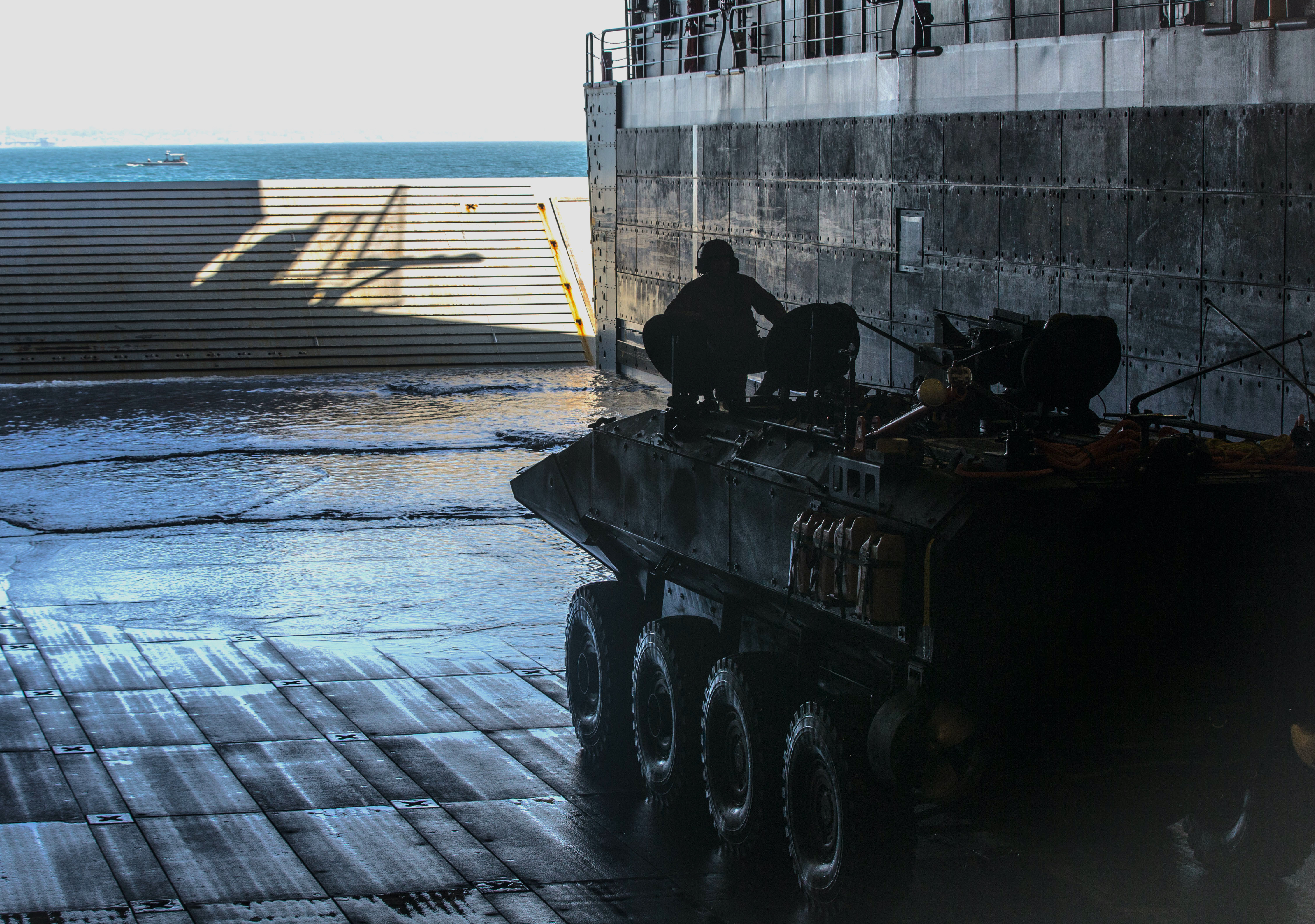
The Marine Corps’ 20-year odyssey to replace its 1970s-era amphibious vehicle has hit more than a few roadblocks, but after months of operational testing, the service says the new Amphibious Combat Vehicle program is on its way to joining the fleet in earnest.
Despite some concerns from independent testers, Marines say the new vehicle is a significant improvement over the legacy Amphibious Assault Vehicle.
“Overall, the feedback that we got from the Marines was overwhelmingly positive. No vehicle is perfect – did not expect the vehicle to be perfect when we entered into the operational test,” Col. Kirk Mullins, the program manager for Advanced Amphibious Assault at the Program Executive Office for Land Systems, told USNI News in a recent interview.
“We think we fielded a very, very good vehicle. And we will continue to improve it over time. But I think the overall feedback that we got from the Marines that participated in [initial operational test and evaluation] … was overwhelmingly positive.”
The ACV’s recent entry into full-rate production comes 10 years after the Marine Corps canceled the Expeditionary Fighting Vehicle program, which was originally meant to replace the AAVs. Marines are fighting to make up for time lost developing the EFV and replace the aging amtracs.
After completing the initial operational test and evaluation stage of the ACV program and reaching the full-rate production decision, officials say the Marine Corps has gained enough lessons to start retrofitting some fixes into the vehicles, and it will continue learning more lessons when the service conducts additional reliability testing this spring.
IOT&E
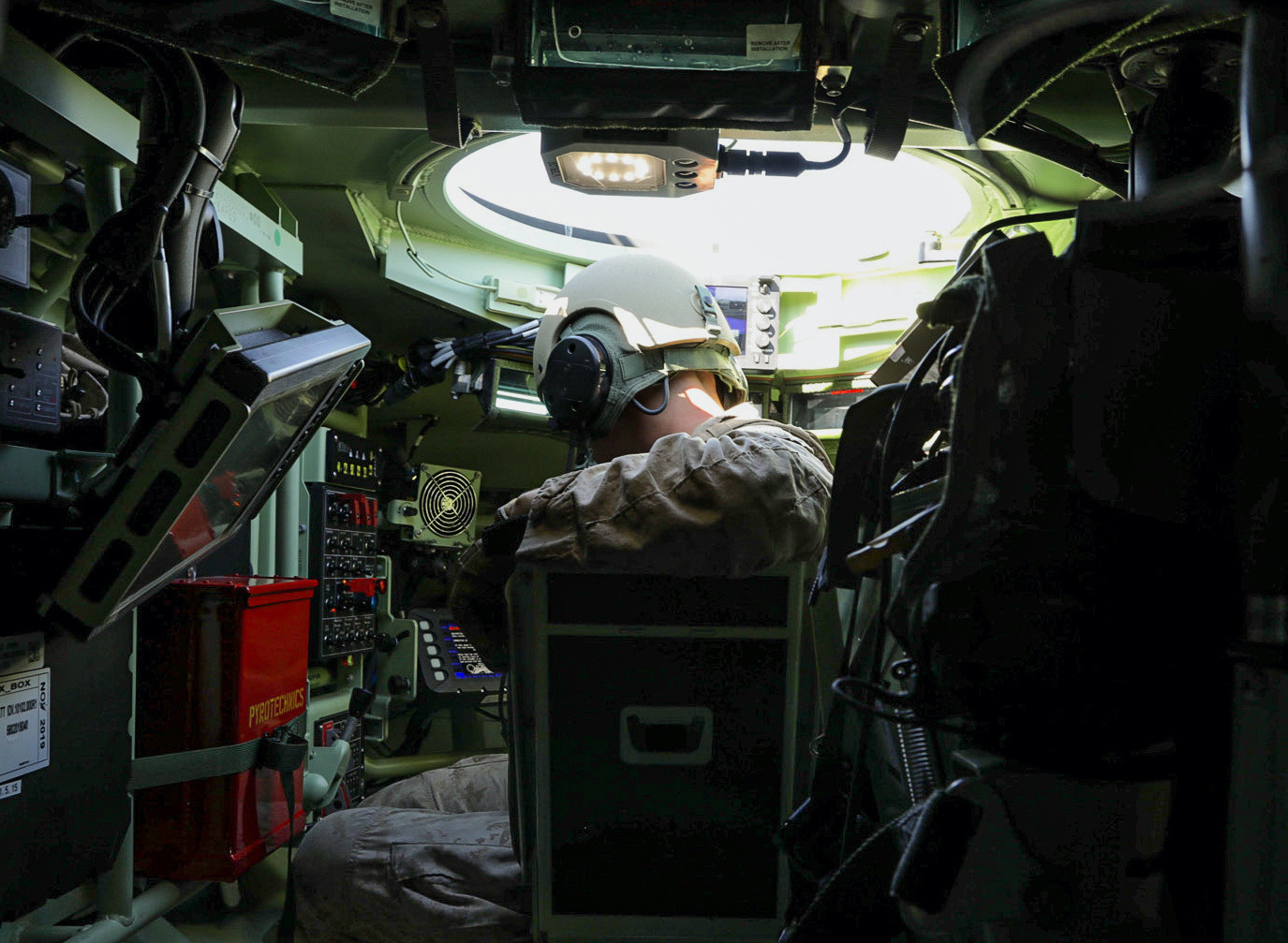
The Marine Corps began training in December 2019 for the IOT&E period, which kicked off in June 2020. The IOT&E phase included both land-based testing in Twentynine Palms, Calif., and amphibious operations testing at Camp Pendleton, Calif., according to Gunnery Sgt. Christopher Sorrell, with the 3rd Assault Amphibian Battalion. Sorrell’s platoon was the first to field the new ACVs.
Sorrell described the platoon as “very green,” with all of the Marines’ experiences on the AAVs, so they were learning how to use a new platform during testing.
“So having the experience of a basically trained AAV operation, the only knowledge I went into this [with] was having my own tactical experience and using the same standard operating procedures that we would use with AAVs,” Sorrell told USNI News.
While Marines who tested the ACVs during IOT&E noted the differences between the platform and the legacy amphibious assault vehicle – such as seats in the new vehicle compared to benches in the AAV, and tires on the ACV instead of tracks on the AAV – they say they prefer the new platform.
“When it comes down to any type of comparison of anything, with that aside, it’s all about the mission of the amphibious community and what we’re … employed to do,” Sorrell said. “And if it was to come down to, hey, do I want the AAV, ACV – I’m going to choose the ACV every single time to complete my mission to the best of my abilities and my platoon’s abilities.”
But some of the changes on the new ACV led the Marines to experience some issues during the initial testing period, like punctures to the tires.
According to the Fiscal Year 2020 report from the Pentagon’s director of operational test and evaluation, “ACV land mobility in the desert environment was often degraded by tire failures, which led to 2-hour mission delays while crews replaced or swapped tires. The ACV platoon did not have a hydraulic jack or other means to lift the ACV without an LVSR Wrecker. Some tire failures could be attributed to incorrect tire pressure settings in the Central Tire Inflation System (CTIS) on the ACV. As crews actively monitored CTIS settings, tire failures were less frequent.”
The report suggested the Marines think about “adding a spare tire kit at the section level” and find a better way to change the vehicle’s tires.
Sorrell described the tire issues as a learning experience for the Marines, who used trial and error to figure out what worked best in the field. For example, during testing, the Marines would dig a hole in the ground to change a tire because at the time they did not have tools like a jack.
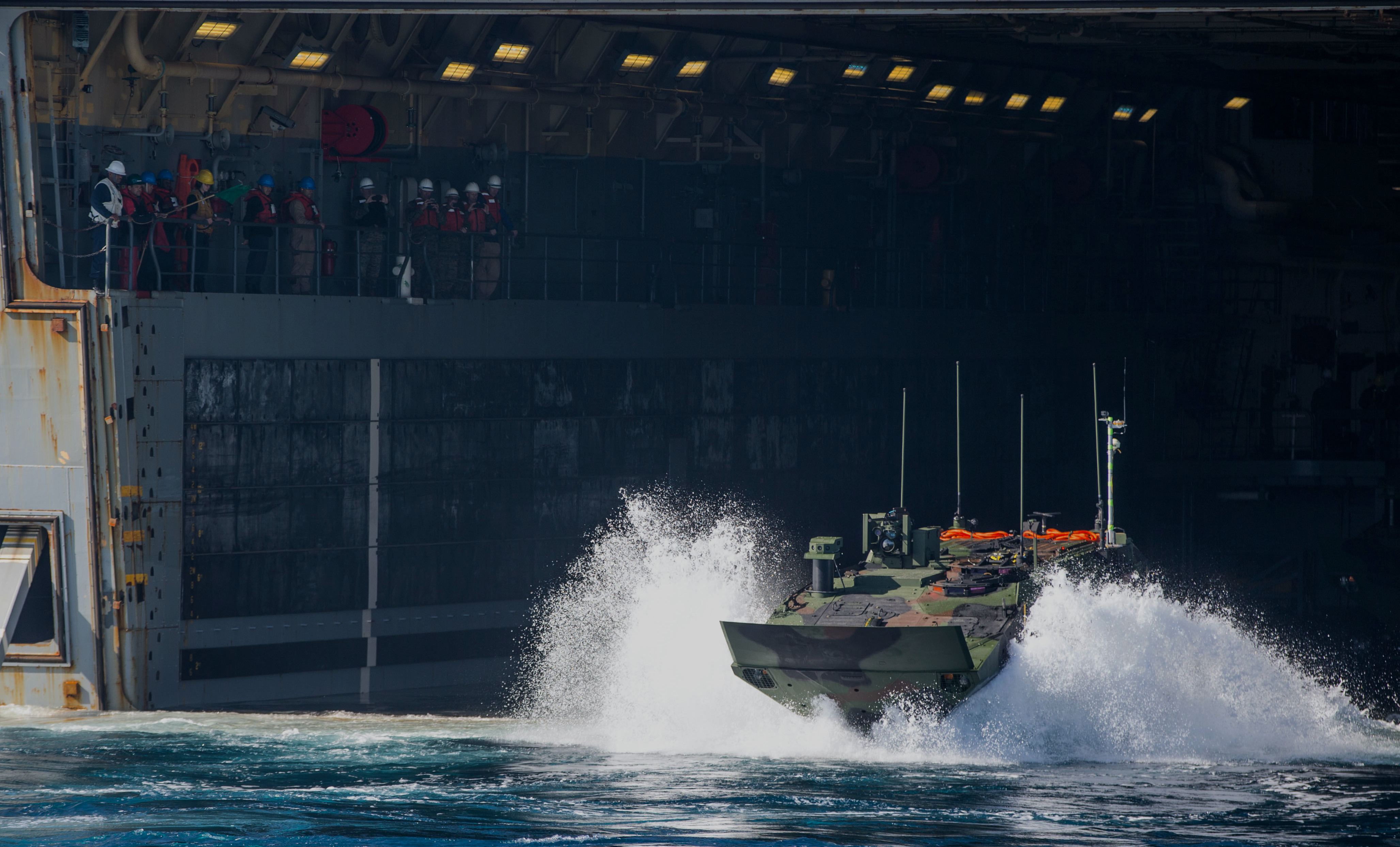
“But now we have the capability, since IOT&E, to basically bring an air compressor to the field with us, be able to lift a strut up in the air underneath the tire, and change a tire out in less than 30 minutes,” Sorrell said.
“Since IOT&E, we’ve had the ability to change tires out more expediently, and since we’ve also learned how to ultimately not pop or puncture more tires, based off of terrain, and actually making smarter decisions as drivers of what we should and cannot maneuver over,” he added. “And comparable to an AAV, it’s the same. We can maneuver over anything that an AAV can maneuver – no changes in that – but it is like, hey, am I really going to roll over a bed of nails. In an AAV, I could, but maybe I’m not going to do that in an ACV.”
The Remote Weapons System, another feature new to the ACV, also contributed to some of the program’s problems during testing, according to the DOT&E report.
“The ACV demonstrated an [mean time between operational mission failures] of 39.0, which is less than the 69-hour MTBOMF reliability requirement,” the report reads. “The RWS, which is government-furnished equipment, was the source of the largest number of operational mission failures (OMFs). Other subsystems with a high failure rate included suspension components, hatch and ramp sensors, and switches.”
DOT&E also concluded that the RWS helped advance “the unit’s situational awareness and ability to locate and suppress the enemy” and that the new system has “several advantages” compared to the Up-Gunned Weapons Station on the AAVs.
“It’s a very different weapons system than what they’ve experienced with the Up-Gunned Weapons Station that’s on the AAV,” Mullins said of the RWS.
The program manager noted the office has a list of engineering change proposals, including some to address issues with the RWS, that the program office will either incorporate into the production line or backfit onto vehicles already built, pending adequate funding in the budget.
“We address these things both through improvements in training – right – so as we learn, is there ways that we can train to help mitigate some of these failures in the future? We look at that. Also, the Marines learn,” Mullins said. “As they learn more about the system itself, they become more effective in preventing or setting the conditions where we don’t experience some of these failures. And then we constantly work with the Army, who owns the RWS system, to see if we can make some improvements.”
As for the reliability requirements, Mullins said MTBOMF is one of three metrics the independent testing agents use.
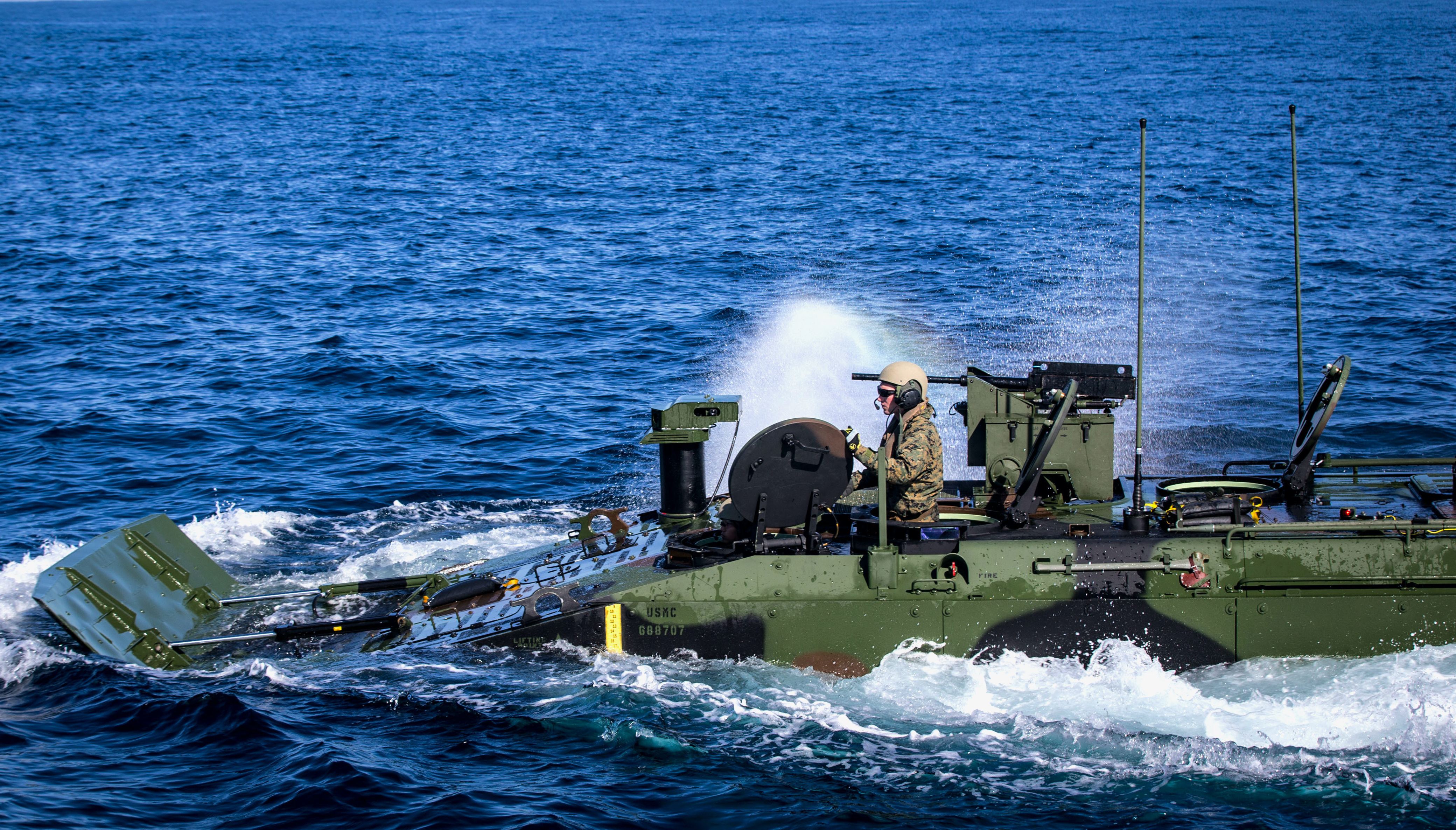
“We didn’t quite meet the threshold requirement. But we performed well enough to get an operational suitability evaluation from both [the Marine Corps Operational Test and Evaluation Activity] and DOT&E. But even before the end of IOT&E or even before the beginning of IOT&E, I went ahead and programmed in additional reliability growth testing into the program,” he said. “So we’re not stopping on reliability just because we’re finished with IOT&E. That is a continuous process that we’re going to continue to pursue to increase the reliability of the system. The reliability of the system is better than an AAV. So it’s better than what the Marines operate today.”
The ACV achieved the benchmarks needed for both of the other two metrics – material availability and operational availability – Mullins said.
“So I think the takeaway here is, is that yes, one metric in reliability fell short of the requirement, and we’re continuing to pursue and improve that. But even that metric went up over time. The other two metrics – the operational availability and the material availability of the vehicle – met the requirements,” he said.
In a statement to USNI News, a Pentagon spokesperson said DOT&E will evaluate if the program’s corrections and further testing lead to better reliability of the vehicle.
“DOT&E assessed the ACV as operationally effective, operationally suitable, and survivable,” Jessica Maxwell said. “Based on testing and evaluation data, DOT&E assessment is that overall reliability and availability for the ACV is better than legacy system (AAV).”
While the DOT&E report also referenced Marines’ difficulty moving in and out of the vehicle due to “the placement and number of blast mitigating seats,” the Marines who fielded the ACV said practice was key to addressing this concern.
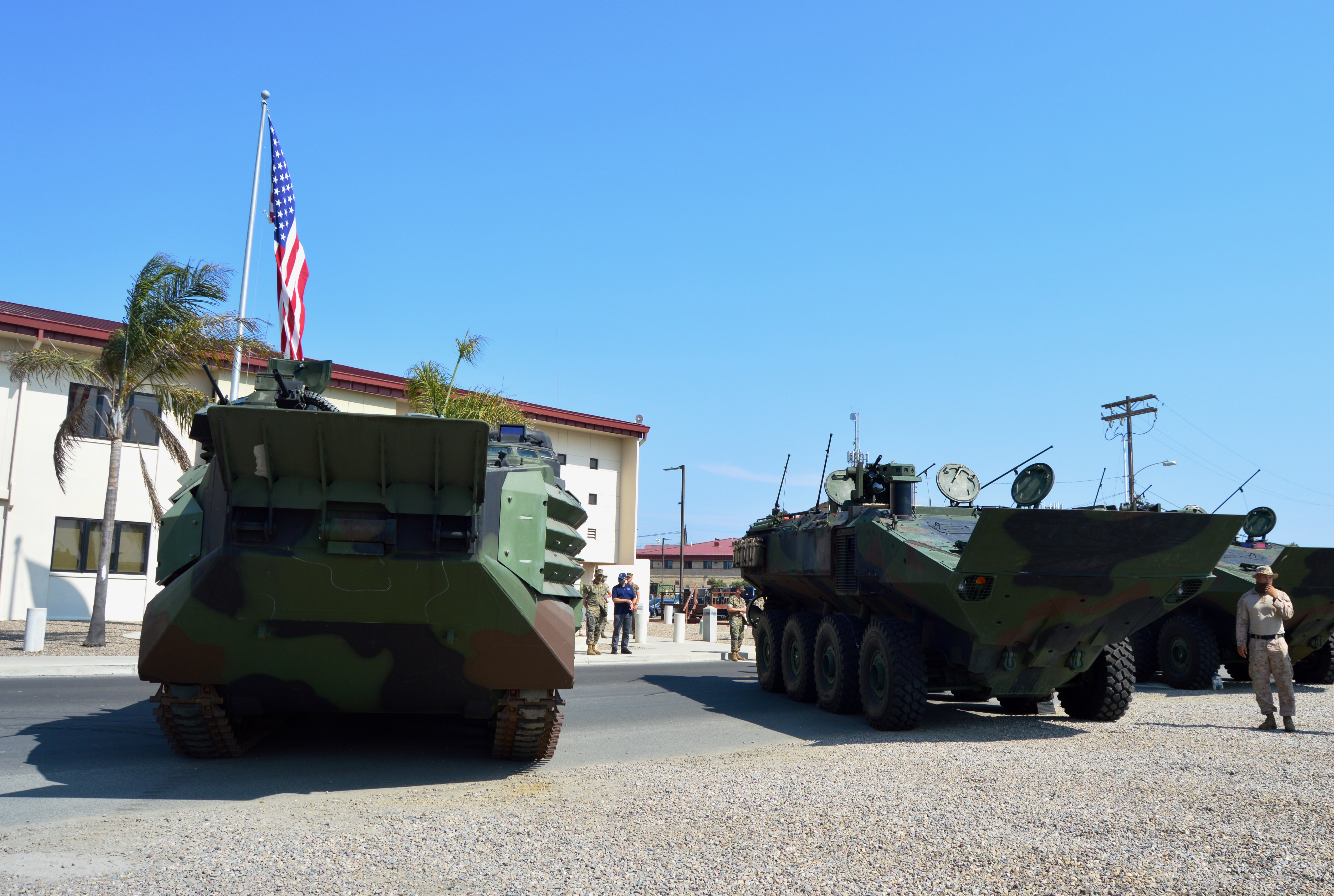
Staff Sgt. Duane Roberts, the platoon’s section leader, told USNI News the platoon performed egress drills both within his unit and with the infantry Marines.
“We would take our entire sections and we would put them on the inside of the vehicle and … the civilian workers that were there would time us to see how long it would take,” Roberts said. “And to have – I had 16 guys on the vehicle and it took us 24 seconds to get out of the vehicle and out to safety. And as I said, that was even before we even introduced the infantry to the vehicle for that portion.”
Noting the blast requirements that lead to the seat positions, Mullins also emphasized the importance of training.
“We’ve demonstrated that once you’ve trained to it, you understand who goes out what hatch, what each crew member does to assist those Marines with exiting the vehicle, and so on. And once they get that sort of dialed in in training, we do it very efficiently,” Mullins said.
Path Ahead
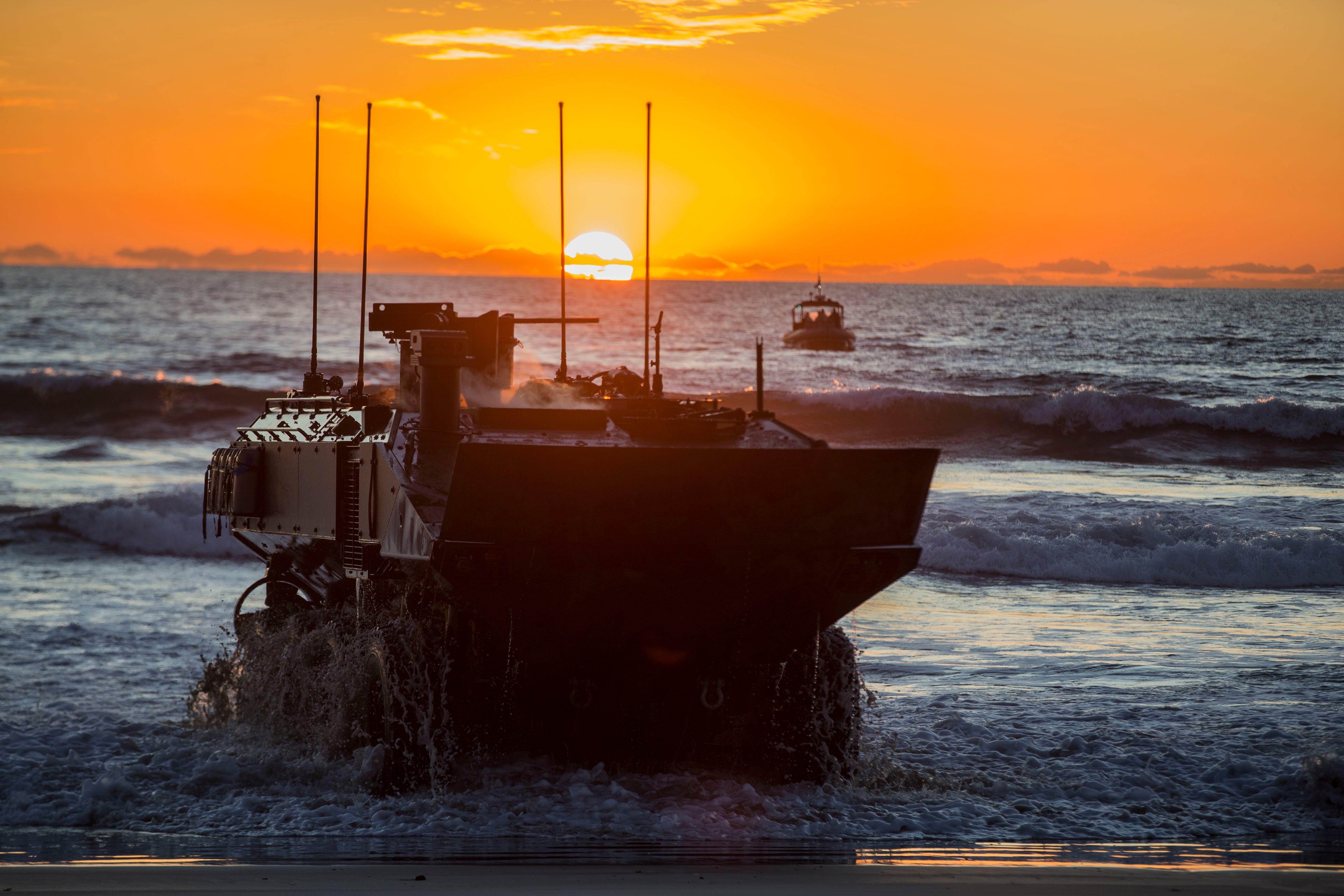
After achieving initial operating capability in November, the ACV began full-rate production late last year, USNI News previously reported. The Marine Corps last week issued BAE Systems, which builds the ACV, a $183.8 million contract modification for 36 full-rate production vehicles, following the December contract award for the first 36 full-rate production ACVs.
The service plans to start fielding ACVs to a second platoon next month and will begin performing more reliability testing on the vehicles in the May to June timeframe, in an effort to provide BAE Systems several months to make alterations to the vehicle, Mullins said.
Meanwhile, BAE Systems announced on Thursday that it had provided the Marine Corps with the first ACV command and control variant. A company spokesperson described the variant as the “same vehicle platform with the interior re-configured for a new payload consisting of a battle staff work station suite vice 13 embarked Marines.”
Capt. Joe Butterfield, a Marine Corps spokesman, told USNI News that the Marine Corps Operational Test and Evaluation Activity’s next milestone is operational testing for the command and control variant.
“For this iteration of testing we intend to put a battalion staff in the ACV-C and conduct actual command and control in an event that stresses the specific aspects of communication with higher headquarters, subordinate units, and adjacent capabilities like fire and close air support, all the while maintaining situational awareness with a common operating picture and pace with the movement of an operational unit,” Butterfield said.
While the testing the Marines have performed so far has been on the ACV personnel variant, the service plans to use the lessons learned from that testing to move forward with additional variants.
“After thousands of hours of developmental testing and two operational tests, the ACV-P is a well-understood capability. As we look towards mission role variants of the ACV like the ACV-C, we are using that known information from the P-variant and honing in on its interface with mission-role variant unique attributes,” Butterfield said.
“As an example, the ACV chassis is incorporating command and control capabilities to create the new ACV-C,” he added. “MCOTEA will evaluate how well that integration enables the dynamic, stationary and on-the-move command and control with higher headquarters, subordinate units, and adjacent capabilities like fire and close air support to ensure effectiveness, suitability, and survivability.”
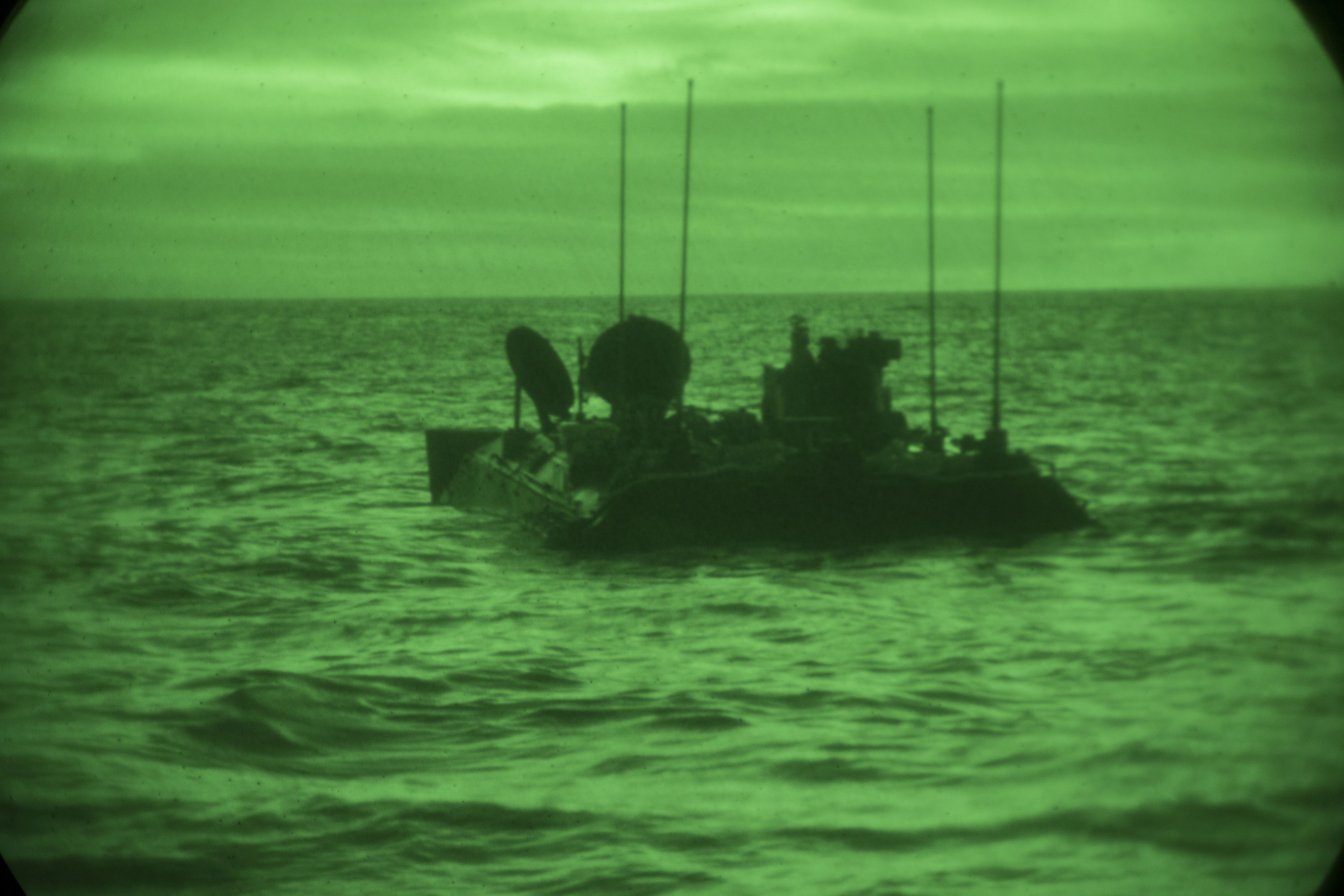
Mullins said the Marine Corps does not expect to have the ACV recovery variant until 2026. The service is also slated to buy a 30-mm cannon variant.
Despite the concerns raised by the testing authorities, Mullins reiterated his confidence in the program and the Marines’ ability to learn how to use the new platform.
“Both DOT&E and MCOTEA evaluated us as operationally effective, operationally suitable and survivable. And because of those three favorable evaluations, that enabled us to get a successful fielding decision and that enabled us to get a favorable [initial operating capability] and a full-rate decision,” he said. “And that’s the importance of the operational test. It helps the milestone decision authority inform the decision as to whether we continue on with the program. I would qualify the operational test, the IOT&E, as being overall successful.”
The Marines who have had the chance to experiment with the new platform say they have no desire to return to the AAV.
“Just over a year’s now of experience on it, I’m 100-percent sold on the platform. And I’m not just speaking for myself. I’m also speaking for my junior Marines underneath me,” Roberts said. “They don’t want to turn back now. They’re ready to go and see what this thing can do.”





